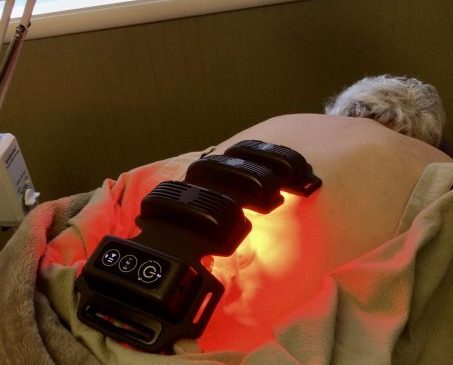If you’re a practicing Acupuncturist, you’re going to get many calls to treat lower back pain. Over 50% of the American population will endure chronic back pain at some point in their lives, and while there are many options for treatment, solutions don’t seem to come easy.
Why has acupuncture become so well known for treating back pain? From a subjective view, patients tell me they often get great relief from pain during and after an acupuncture session. The relief can be immediate—even for mild disk degeneration and spinal stenosis–and pain relief can last for days. If the problem is in tight muscles, ie. piriformis or quadratus lumborum, then acupuncture treatment can seem like a miracle that fixes the issue in a treatment or two.
Now, I’m not saying back pain is easy to treat. Even veteran Acupuncturists with Orthopedic specialties contest, “I have come to believe there is nothing more complex to differentiate, diagnose, and treat than neck and low back pain.”[1] It’s very helpful to have your previous imaging and findings for me to examine. Did you have an MRI or an Xray? Have you seen an Orthopedist or Pain Specialist, and what did their notes indicate? Having this information can only improve our work together.
Thousands of good clinical trials in the West have shown at a minimum that acupuncture is better than no treatment. Studies vary in their methods, sample size, and efficacy, and I’ve written about why clinical trials often fail in acupuncture (spoiler: it’s not generally the acupuncture; have a look at pubmed.gov). Since the pill-centered approach to chronic pain is not really working for most doctors or patients, practitioners of all stripes are seeking sound pain-relief options.
Working with an acupuncturist for back pain is a smart, evidence-based choice for both pain management and treating the root cause. I use orthopedic examinations and imaging in addition to traditional diagnostic methods. Working with the breadth of Traditional Chinese methods, including acupuncture and cupping, together with modern orthopedic approaches, including TENS-style E-stim acupuncture and manual bodywork, there is relief to be had in our work together.
[1] Reaves, W. The Acupuncture Handbook of Sports Injuries and Pain (2020). P. 206
